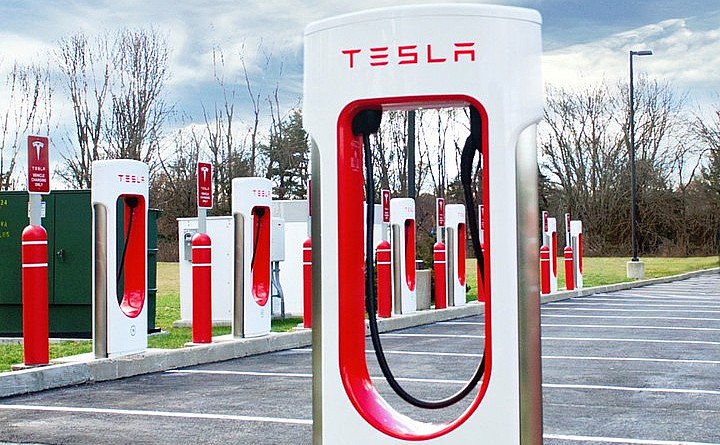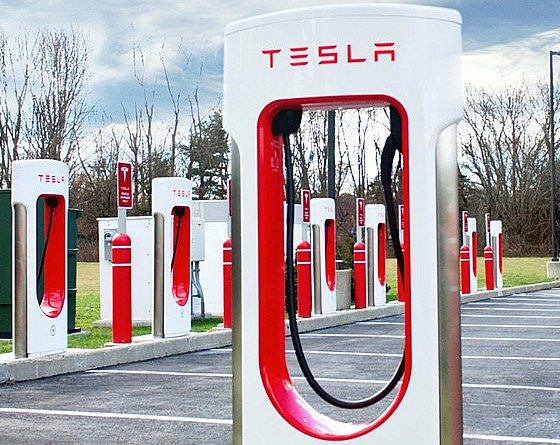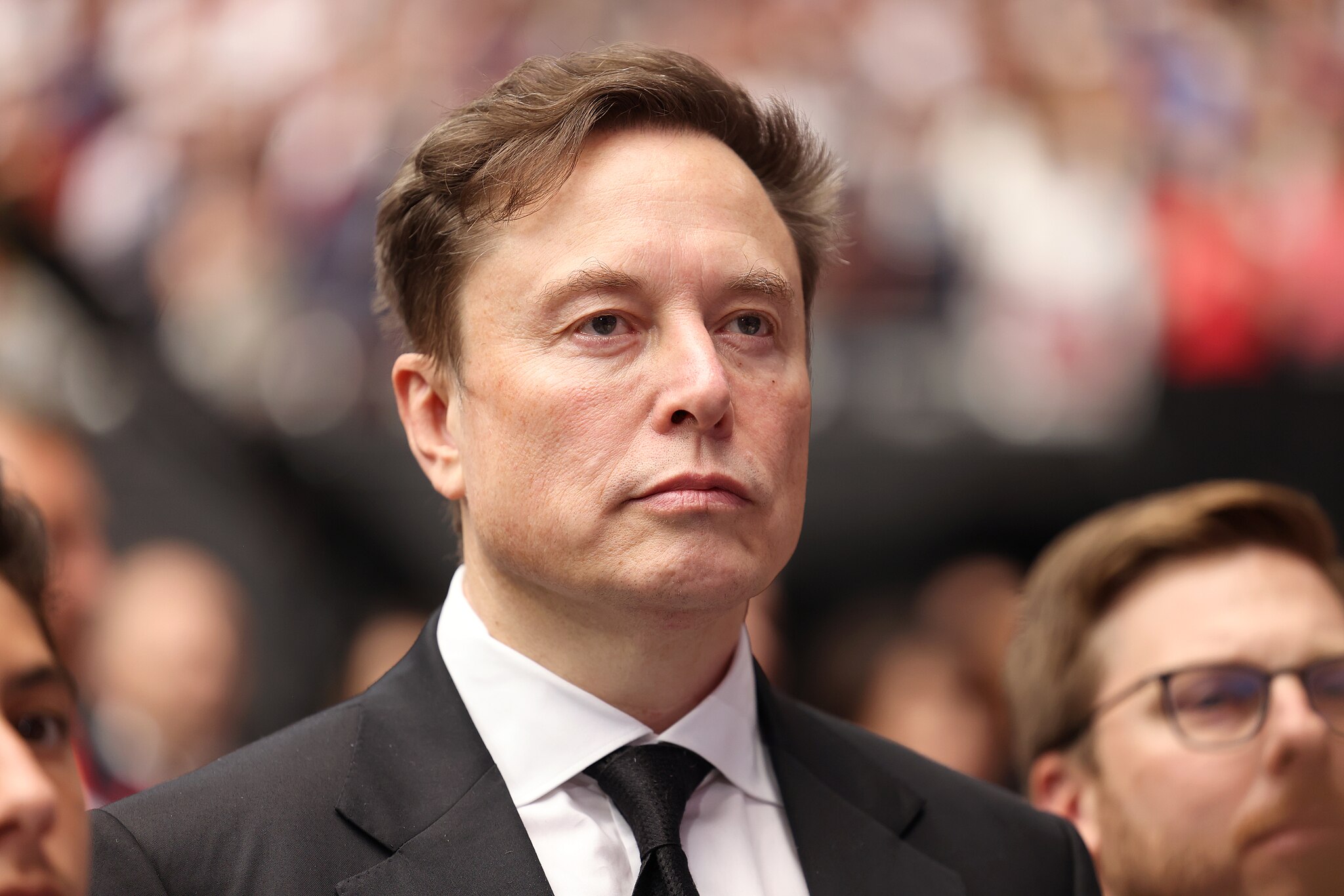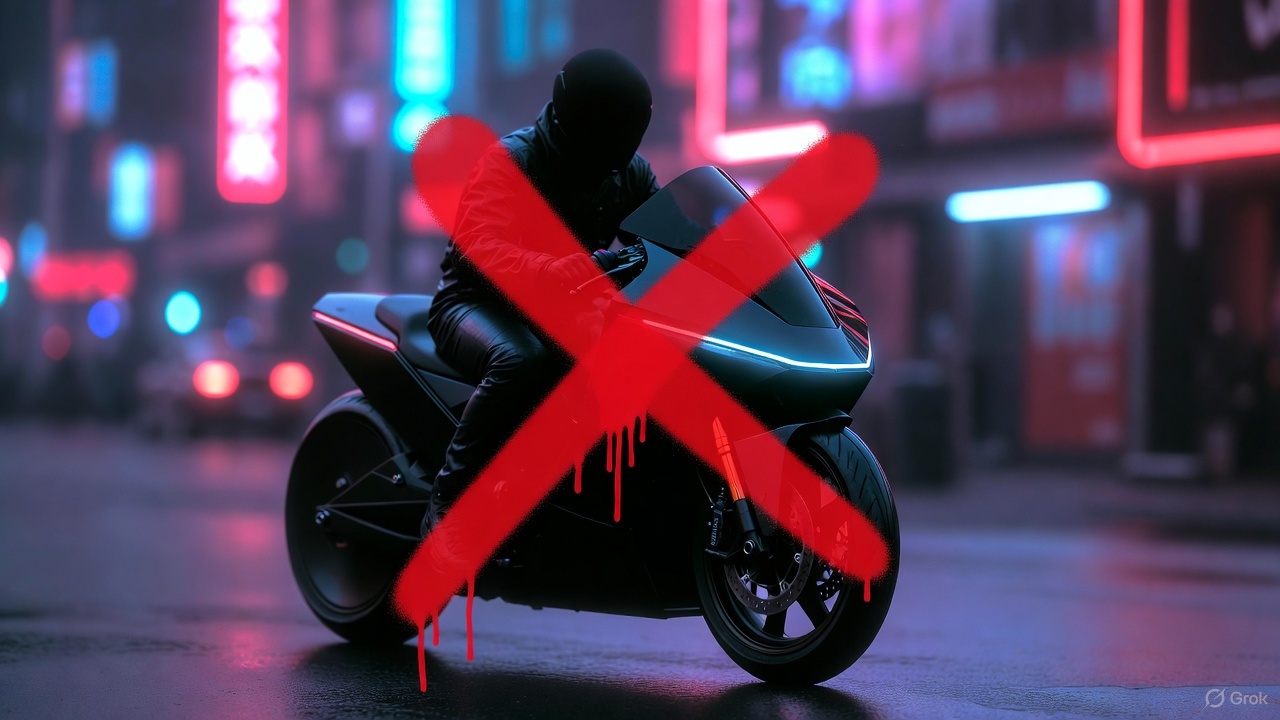

News
Tesla Supercharger Network allows Model 3 owner to travel from NY to FL for less than $70
One of Tesla’s biggest advantages in the electric vehicle sector is arguably its Supercharger Network, which allows vehicles to recharge their batteries in a convenient, rapid, and affordable fashion. This was highlighted recently by a Model 3 owner who spent less than $70 in Supercharging fees during a two-day trip that spanned over 1,200 miles, from Buffalo, NY to Melbourne, FL.
Tesla owner Richard Clements shared some insights about his 1,248-mile drive in a recent post on the Tesla Owners Club New York State blog. According to the Tesla owner, the trip was not difficult at all, especially since the Model 3 provided all the information necessary to ensure that the vehicle always had sufficient charge.
Thanks to the Supercharger Network’s reasonable rates, the Model 3 owner only spent an average of $0.25/kWh during the New York to Florida trip. This meant that over the course of the two-day drive, Clements only spent a total of $69.96 in Supercharger fees. The Tesla owner noted that this amount was about half of what he used to spend when he was still making the trip with his Jaguar or CR-V. Even with low fuel prices, Clements noted that he would spend about $140 in fuel costs.
The Model 3’s total charging time at Tesla Superchargers stood at about 207 minutes, though 40 minutes of this was done in a hotel, where Clements spent the night. With this in consideration, the Tesla owner noted that the effective charging time of the Model 3 was actually just around 167 minutes. Based on his driving behavior, which involves stopping for bathroom and food breaks every 3.5 hours or so, the Tesla owner noted that the Model 3’s downtime was comparable to his previous ICE vehicles.
“To make a valid time comparison though, our Supercharging time in Wytheville VA was done right in the parking lot of the hotel where we were spending the night, so that charging time had no effect on our overall travel time. Deducting those 40 minutes makes the effective time 167 minutes. To make a valid comparison, there has to be some downtime on a trip like this. Any ICE vehicle still needs about 10 minutes to refuel at least 3 times on a trip of 1,250 miles, so by my estimate that’s 30 minutes for refueling.
“Also, as a practical matter, we don’t generally last more than about 3.5 hours without a need for plumbing or something to eat, so generally, we’d also be stopping for some meals… Assuming lunch and other miscellaneous breaks on our Florida run, that would easily account for about another 2 hours of downtime. So adding those two hours to the gasoline refueling time, the total would be 160 minutes. That compares to the 167 minutes in our Tesla—only an insignificant 7 minute’s difference,” Clements concluded.
Tesla’s ramp of its Supercharger Network would likely accelerate this year, particularly as the company doubles down on the expansion of its V3 chargers across the United States. Overseas, Tesla’s charging network is also making waves, with the electric car maker establishing a dedicated Supercharger factory just a few miles from Gigafactory Shanghai. The facility is expected to have an output of 10,000 Superchargers per year.
Clements’ full account of his sub-$70, 1,248-mile drive from Buffalo, NY to Melbourne, FL could be accessed here.
Don’t hesitate to contact us for news tips. Just send a message to the Teslarati team through tips@teslarati.com to give us a heads up.

News
Tesla’s new Holiday perk is timed perfectly to make FSD a household name
Tesla AI4 owners get FSD (Supervised) through Christmas, New Year’s Eve and well into the post-holiday travel season.

Tesla quietly rolled out a free Full Self-Driving (Supervised) trial for roughly 1.5 million HW4 owners in North America who never bought the package, and the timing could very well be genius.
As it turns out, the trial doesn’t end after 30 days. Instead, it expires January 8, 2026, meaning owners get FSD (Supervised) through Christmas, New Year’s Eve and well into the post-holiday travel season. This extended window positions the feature for maximum word-of-mouth exposure.
A clever holiday gift
Tesla watcher Sawyer Merritt first spotted the detail after multiple owners shared screenshots showing the trial expiring on January 8. He confirmed with affected users that none had active FSD subscriptions before the rollout. He also observed that Tesla never called the promotion a “30-day trial,” as the in-car message simply reads “You’re Getting FSD (Supervised) For the Holidays,” which technically runs until after the new year.
The roughly 40-day period covers peak family travel and gatherings, giving owners ample opportunity to showcase the latest FSD V14’s capabilities on highway trips, crowded parking lots and neighborhood drives. With relatives riding along, hands-off highway driving and automatic lane changes could become instant conversation starters.
Rave reviews for FSD V14 highlight demo potential
FSD has been receiving positive reviews from users as of late. Following the release of FSD v14.2.1, numerous owners praised the update for its smoothness and reliability. Tesla owner @LactoseLunatic called it a “huge leap forward from version 14.1.4,” praising extreme smoothness, snappy lane changes and assertive yet safe behavior that allows relaxed monitoring.
Another Tesla owner, @DevinOlsenn, drove 600 km without disengagements, noting his wife now defaults to FSD for daily use due to its refined feel. Sawyer Merritt also tested FSD V14.2.1 in snow on unplowed New Hampshire roads, and the system stayed extra cautious without hesitation. Longtime FSD tester Chuck Cook highlighted improved sign recognition in school zones, showing better dynamic awareness. These reports of fewer interventions and a more “sentient” drive could turn family passengers into advocates, fueling subscriptions come January.
Elon Musk
Elon Musk predicts AI and robotics could make work “optional” within 20 years
Speaking on entrepreneur Nikhil Kamath’s podcast, Musk predicted that machines will soon handle most forms of labor, leaving humans to work only if they choose to.

Elon Musk stated that rapid advances in artificial intelligence and robotics could make traditional work unnecessary within two decades.
Speaking on entrepreneur Nikhil Kamath’s podcast, Musk predicted that machines will soon handle most forms of labor, leaving humans to work only if they choose to.
Work as a “hobby”
During the discussion, Musk said the accelerating capability of AI systems and general-purpose robots will eventually cover all essential tasks, making human labor a choice rather than an economic requirement. “In less than 20 years, working will be optional. Working at all will be optional. Like a hobby,” Musk said.
When Kamath asked whether this future is driven by massive productivity growth, Musk agreed, noting that people will still be free to work if they enjoy the routine or the challenge. He compared future employment to home gardening, as it is something people can still do for personal satisfaction even if buying food from a store is far easier.
“Optional” work in the future
Elon Musk acknowledged the boldness of his claim and joked that people might look back in 20 years and say he was wrong. That being said, the CEO noted that such a scenario could even happen sooner than his prediction, at least if one were to consider the pace of the advancements in AI and robotics.
“Obviously people can play this back in 20 years and say, ‘Look, Elon made this ridiculous prediction and it’s not true,’ but I think it will turn out to be true, that in less than 20 years, maybe even as little as ten or 15 years, the advancements in AI and robotics will bring us to the point where working is optional,” Musk said.
Elon Musk’s comments echo his previous sentiments at Tesla’s 2025 Annual Shareholder Meeting, where he noted that Optimus could ultimately eliminate poverty. He also noted that robots like Optimus could eventually provide people worldwide with the best medical care.
Elon Musk
Elon Musk reiterates why Tesla will never make an electric motorcycle
Tesla CEO Elon Musk preemptively shut down speculations about a Tesla road bike once more.

Tesla CEO Elon Musk preemptively shut down speculations about a Tesla road bike once more, highlighting that the electric vehicle maker has no plans to enter the electric motorcycle market.
Musk posted his clarification in a post on X.
Musk’s reply to a fun AI video
X user @Moandbhr posted an AI video featuring the Tesla CEO on the social media platform, captioning it with “Mr. Elon Musk Just Revealed the Game-Changing Tesla Motorcycle.” The short clip depicted Musk approaching a sleek, single-wheeled vehicle, stepping onto it, and gliding off into the distance amid cheers. The fun video received a lot of traction on X, gaining 3.1 million views as of writing.
Musk replied to the post, stating that a Tesla motorcycle is not going to happen. “Never happening, as we can’t make motorcycles safe. For Community Notes, my near death experience was on a road bike. Dirt bikes are safe if you ride carefully, as you can’t be smashed by a truck,” Musk wrote in his reply.
Musk’s Past Comments on Two-Wheelers
Musk also detailed his reservations about motorcycles in a December 2019 X post while responding to questions about Tesla’s potential ATV. At the time, he responded positively to an electric ATV, though he also opposed the idea of a Tesla road-going motorcycle. Musk did state that electric dirt bikes might be cool, since they do not operate in areas where large vehicles like Class 8 trucks are present.
“Electric dirt bikes would be cool too. We won’t do road bikes, as too dangerous. I was hit by a truck & almost died on one when I was 17,” Musk wrote in his post.
Considering Musk’s comments about dirt bikes, however, perhaps Tesla would eventually offer a road bike as a recreational vehicle. Such a two-wheeler would be a good fit for the Cybertruck, as well as future products like the Robovan, which could be converted into an RV.









